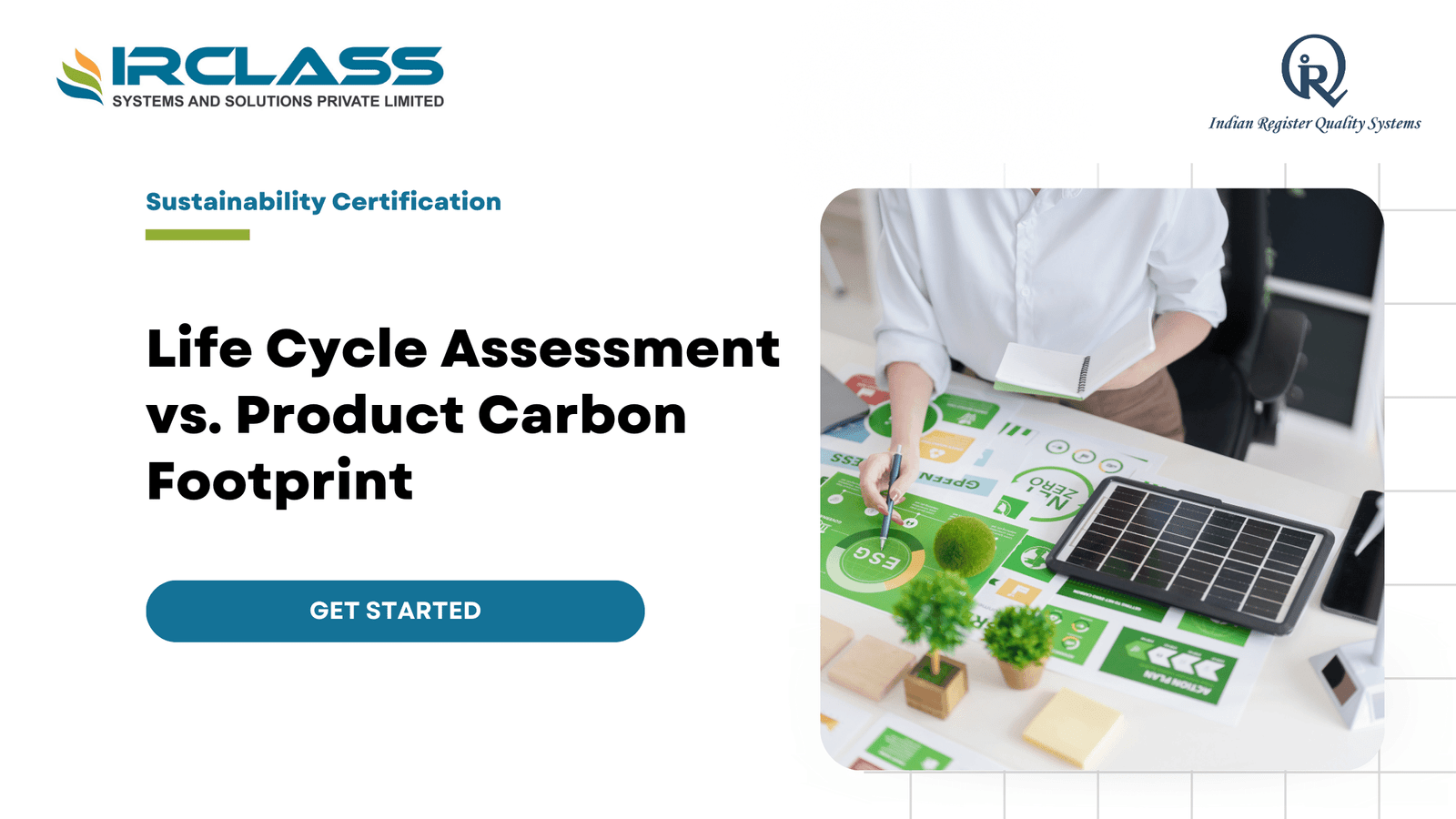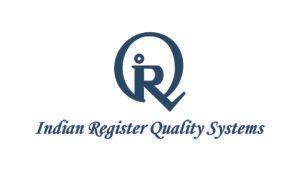Tag: SOC 2 compliance process
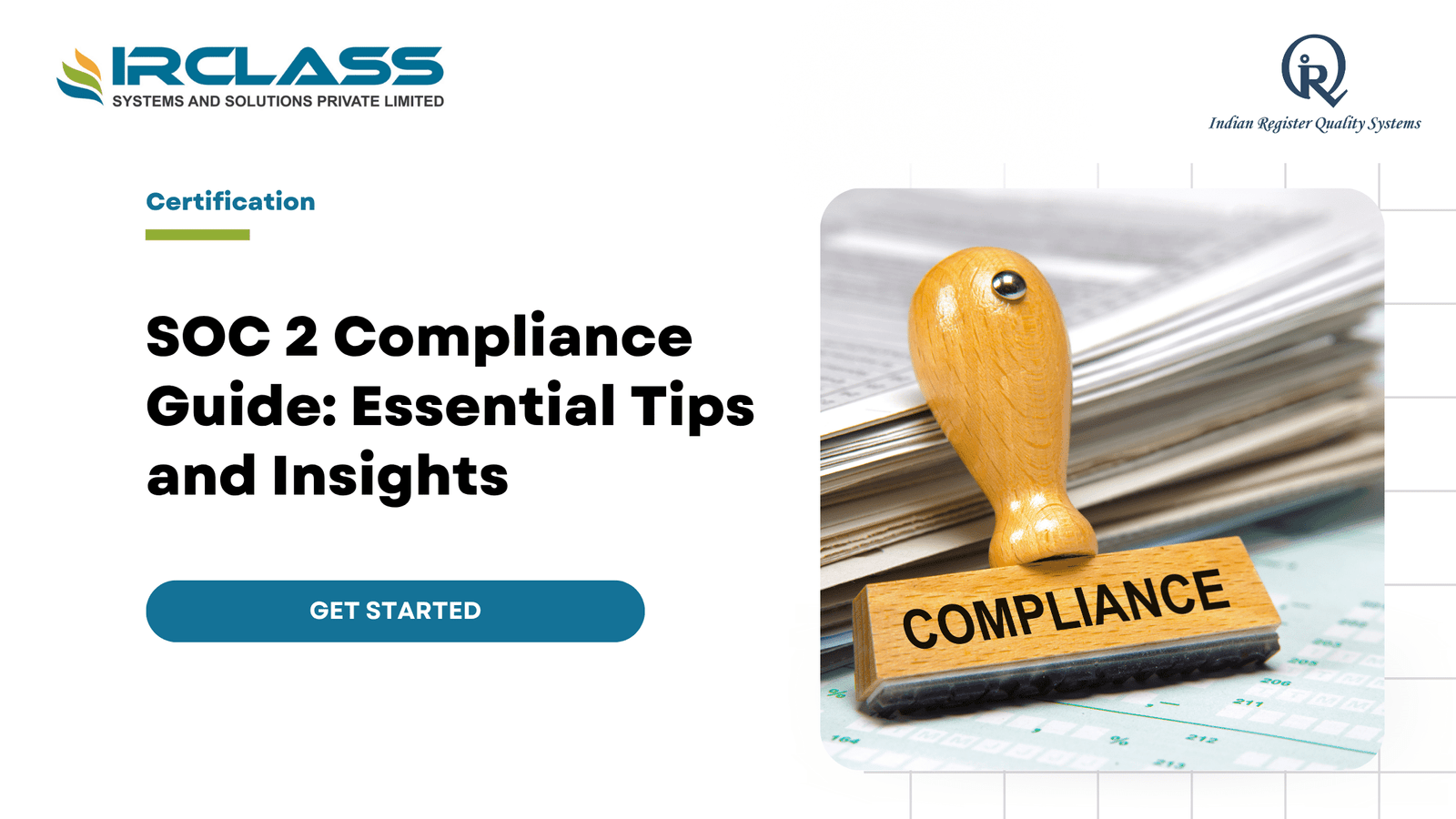
SOC 2 Compliance Explained: 7 Secrets Every Tech Leader Must Know!
SOC 2 compliance is not just a checkbox. It’s a trust signal. If you’re running a tech company or scaling a startup, you’ve probably heard about it in investor meetings, customer onboarding, or boardroom talks. But the truth is, most leaders still don’t fully understand what SOC 2 really means—or what it takes to get there. It’s not just about avoiding fines or meeting some legal requirement. It’s about showing the world that your company takes data security seriously. And in 2025, that matters more than ever. Whether you’re building SaaS, handling customer data, or offering any digital service, your customers want to know their data is safe. SOC 2 gives them that assurance. But going after it without a plan can cost you months and thousands of dollars. That’s why these 7 secrets matter. SOC 2 Isn’t a One-Time Job SOC 2 is not a one-and-done report. It’s a continuous process. Once you get certified, you need to stay compliant every day, not just once a year. Think of it as a lifestyle for your company’s data. Many companies get caught off guard during the renewal phase because they didn’t build long-term habits. Tools and policies help, but it’s your culture that keeps you compliant. That culture needs to start at the leadership level. You Don’t Need to Be Big to Get SOC 2 Some startups wait too long to start thinking about SOC 2. They think it’s something only enterprises need. That’s not true anymore. Even early-stage companies are being asked for SOC 2 reports by customers, especially in B2B deals. If you’re storing customer information, you’re a candidate. Being small doesn’t excuse you. In fact, getting certified early can help you close bigger clients faster. SOC 2 Type I vs Type II—Know the Difference This is where many people get confused. SOC 2 Type I checks if you have the right systems in place at a single point in time. It’s like taking a picture. Type II checks if those systems actually work over time—usually over a 3 to 12-month period. That’s more like a video. Most companies start with Type I because it’s quicker. But serious customers ask for Type II. You’ll need both, eventually. Plan for it early. Automation Won’t Save You Without Process Yes, there are plenty of tools that claim to automate SOC 2 compliance. But without clear internal processes, those tools won’t help. Compliance still needs humans to define policies, assign access, and review incidents. A lot of companies invest in tech stacks before they invest in basic security policies. That’s backwards. Define your policies first. Then pick the right tools to support them. Trust Services Criteria Are Not Just Checklists SOC 2 is based on five trust principles—security, availability, processing integrity, confidentiality, and privacy. But they’re not just checklists. They’re a framework for how your company handles data at every level. Each of these principles touches multiple teams—IT, engineering, HR, legal, and product. SOC 2 forces cross-functional discipline. You can’t leave it all to the CTO. SOC 2 Reports Are Meant for Clients, Not Just Auditors Your auditor isn’t the only person who will see your SOC 2 report. Clients, partners, and even regulators might ask for it. That’s why it needs to tell a story. A good SOC 2 report explains how your systems work in plain English. It doesn’t just throw technical jargon. Executives need to be involved in shaping that story. A technical report without business context won’t build trust. You’ll Never Be 100% Ready—Start Anyway Many companies delay the SOC 2 journey because they think they need everything perfect. That’s a mistake. You can start with what you have and improve as you go. What matters is that you show intent, take real steps, and commit to continuous improvement. The biggest obstacle is fear—fear of gaps, audits, and unknowns. But those fears shrink when you take the first step. Get a readiness assessment. Document your controls. Train your team. Action beats analysis every time. 5 Things You Can Do Right Now Your Reputation Is Built on Trust SOC 2 is more than a technical standard. It’s a business enabler. It can shorten sales cycles, strengthen partnerships, and attract enterprise clients. But more than that, it protects your brand. And once trust is broken, it’s hard to win it back. Founders and tech leaders who take SOC 2 seriously stand out. They show maturity. They show that they’re ready for growth. In today’s market, that’s everything. Getting SOC 2 right early saves time later. No last-minute scrambles. No lost deals because a security review went sideways. It shows investors and customers that you’re thinking ahead. That you’re building something solid, the companies that win are the ones that prepare before they’re forced to. You don’t need a big security team to get started. You need a clear plan and the right support. That’s where firms like IRQS come in. They’ve done this before—and they know what matters when everything’s on the line. Work with a Partner Who Knows the Space SOC 2 compliance can feel like a maze. That’s why it helps to work with people who’ve done it before. Indian Register Quality Systems (IRQS) has guided companies across industries through complex compliance frameworks. Their team understands what tech leaders need—not just to pass an audit, but to build lasting trust. If you’re starting your SOC 2 journey, this is where to begin. IRQS doesn’t just offer checklists—they help you understand what matters and why. From identifying gaps to preparing for the audit, they bring clarity at every step. You’ll know what your auditors expect and how to meet those standards without wasting time. They’ve worked with startups, large enterprises, and everything in between. That means they’ve seen what works—and what doesn’t. If you’re building a product that handles customer data, this isn’t optional. Get it right the first time. Work with people who already know the path.
Search
Useful Links
Recent Posts
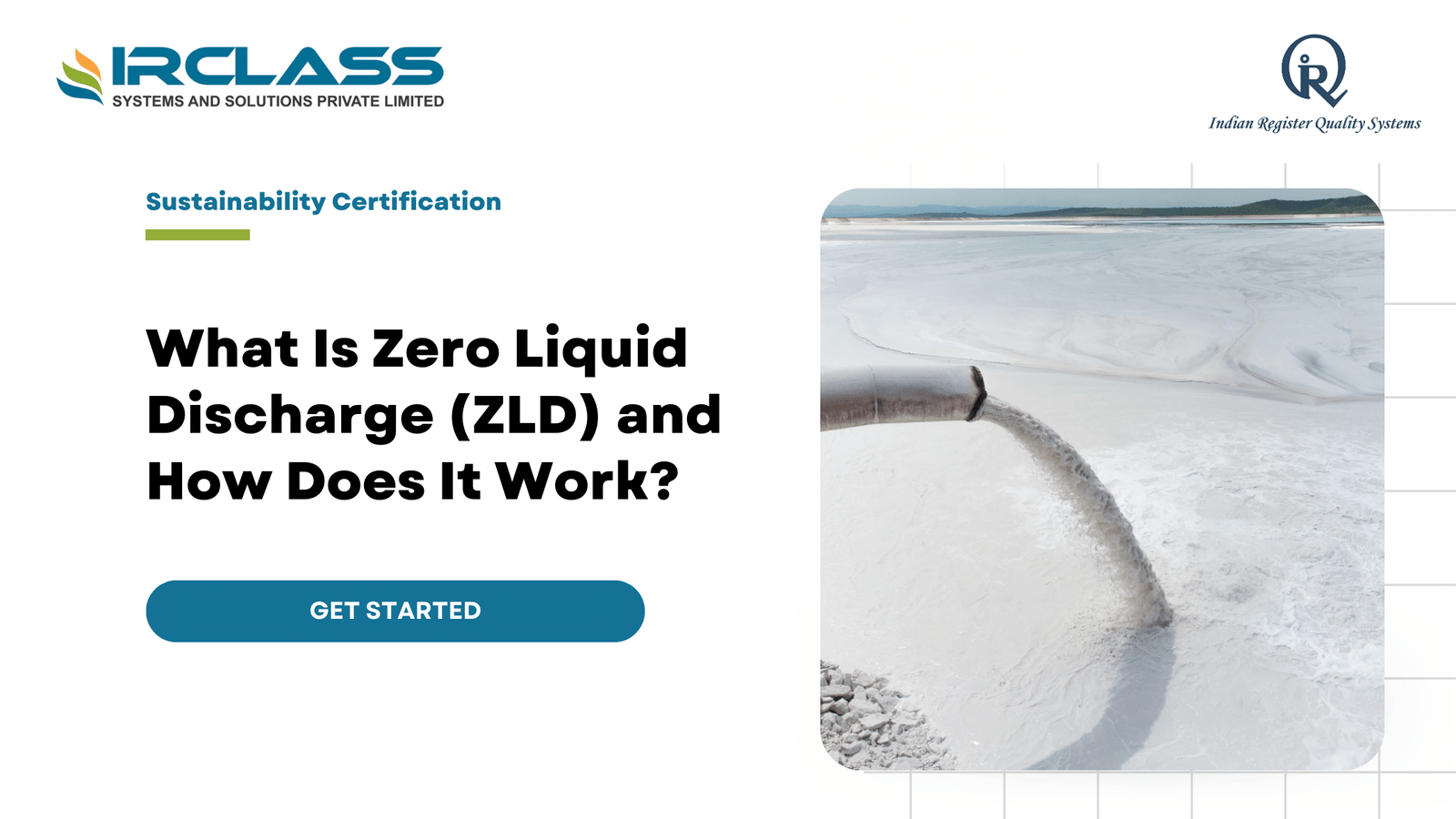
What Is Zero Liquid Discharge (ZLD) and How Does It Work?
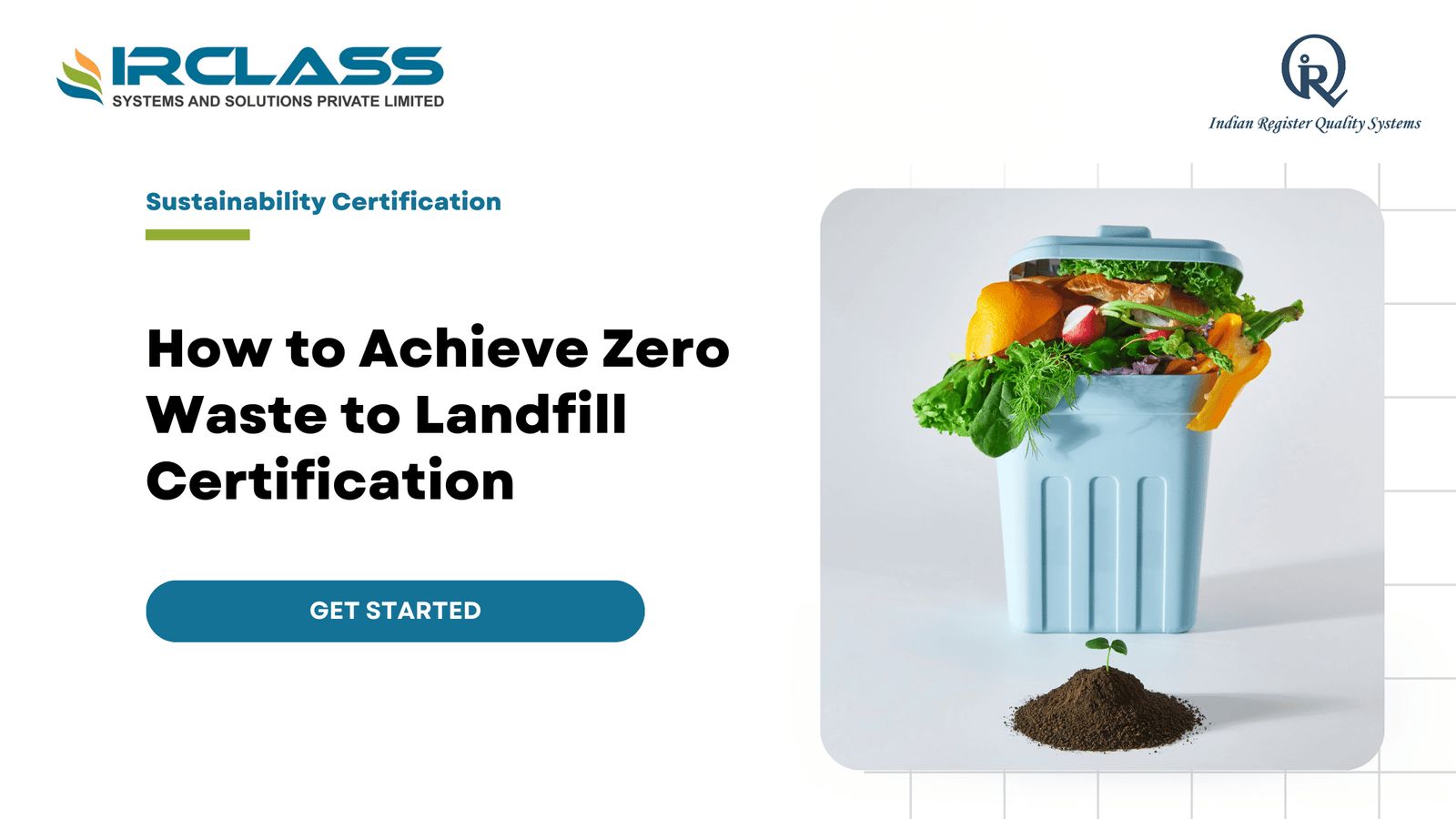
How to Achieve Zero Waste to Landfill Certification: Step-by-Step Guide
